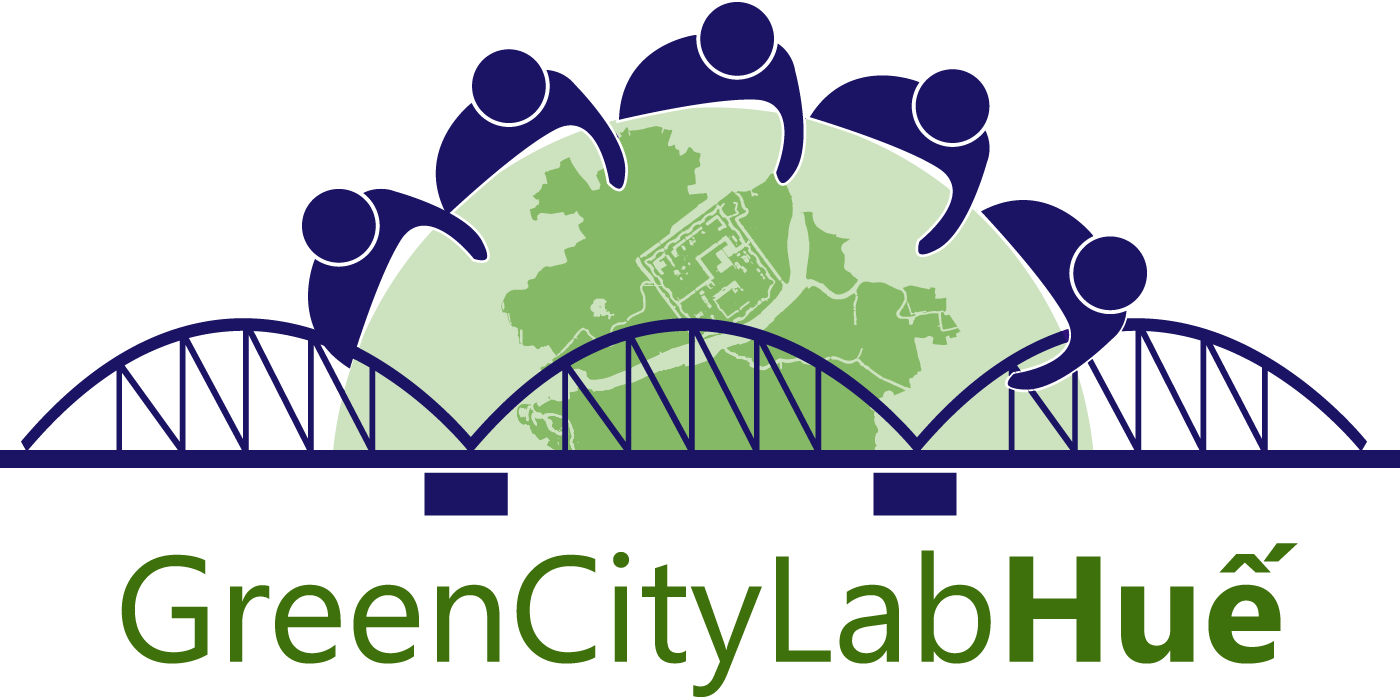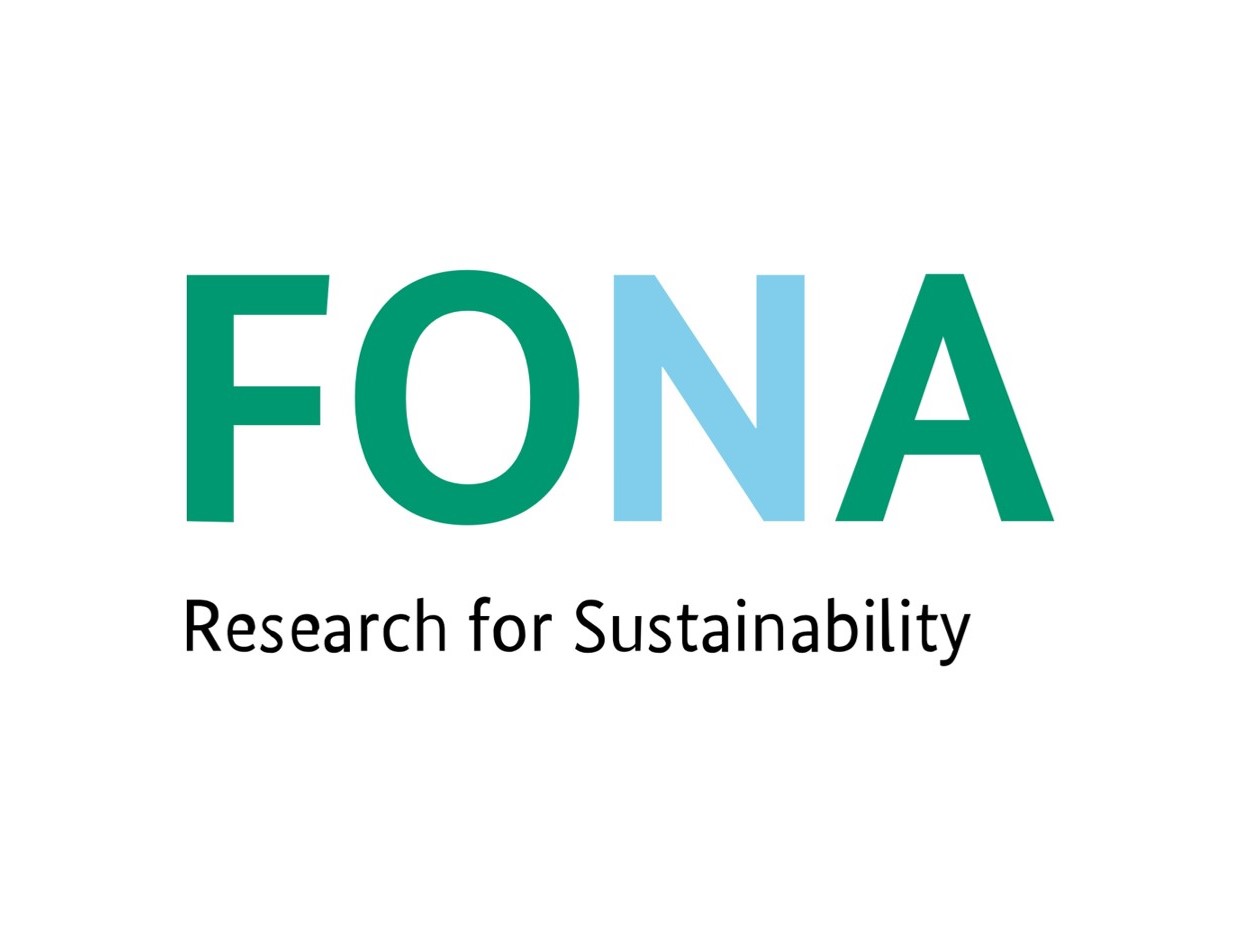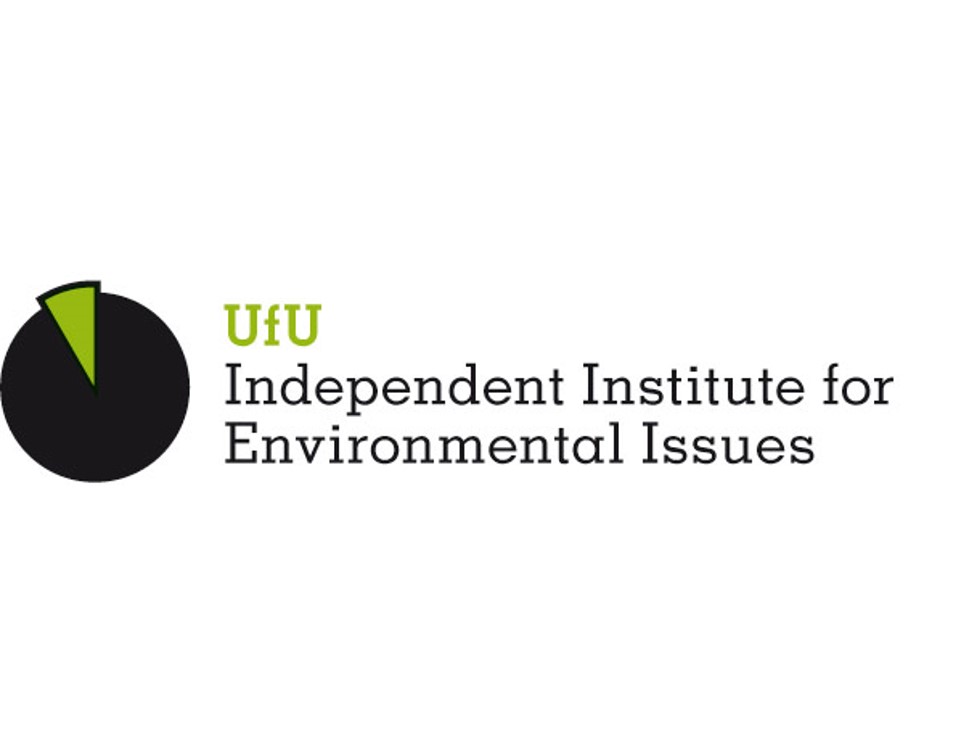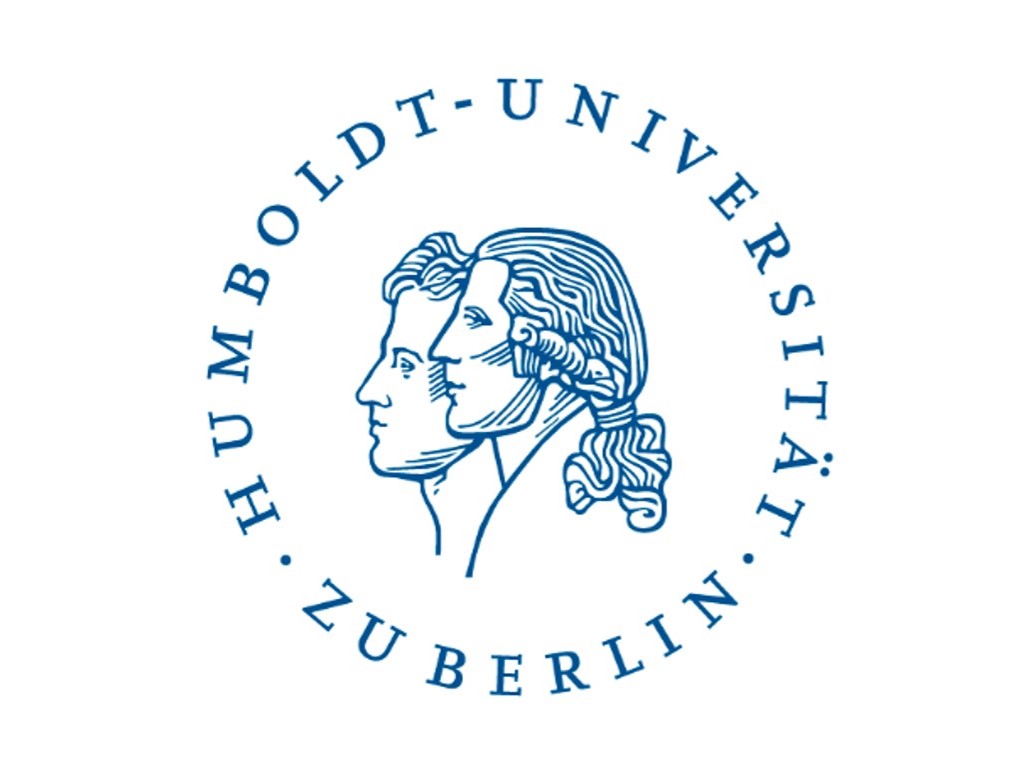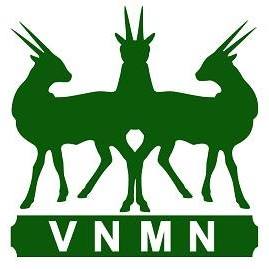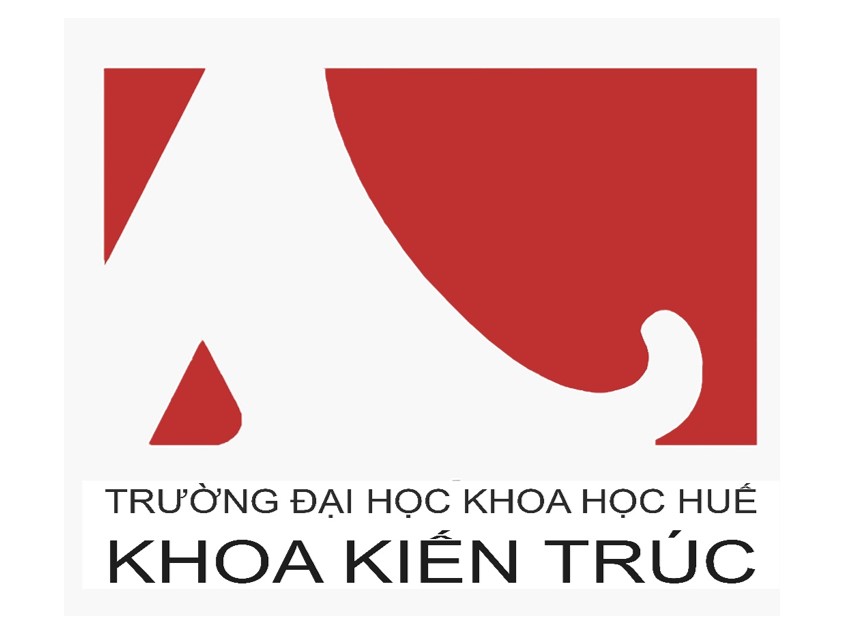The GreenCityLabHuế aims at providing proposals for the implementation of future interventions of green and blue infrastructure in Huế and thus implements experimental GBI interventions on the scale of individual plots, so called “showcases”. This way, the project wants to demonstrate and evaluate effects of green and blue infrastructure in practice.
On the one hand, these showcases will increase the visibility of the GreenCityLabHuế activities in the city and will serve as descriptive practical examples that enable decision-makers, stakeholders and citizens to learn more on Nature-based Solutions and the effects of green and blue infrastructure. On the other hand, they will be used as “real life laboratories” for validating and measuring the modelled impacts on ecosystem services.
In order to ensure that the designs of the showcases are adapted to the different needs of the sites, but also to the needs of the residents in the neighborhoods, a design competition is held, inviting the citizens of Huế to contribute their ideas for the locations of the showcases. The GCLH consortium created and managed the guidelines in the form of rules and objectives for this design competition and provided the scientific input to the NBS. The selection of the designs, especially with regard to the social and cultural needs of the sites, was left to the participants of the design competition. The selection process for the four final showcases, which will be realised the following year, comprises a total of 3 rounds. In the final round, there are 8 candidates from which 4 winners (one per showcase location) will be selected.
The following sites were selected during the definition phase of the GreenCityLabHuế Project for detailed modelling of the effects of proposed green and blue infrastructure interventions on ecosystem services. Furthermore, within the selected wards, practical showcases will be implemented that will serve as descriptive practical examples that enable decision-makers, stakeholders and citizens to learn more on nature-based solutions and the effects of green and blue infrastructure and as “real life laboratories” for validating and measuring the modelled impacts on ecosystem services.
Tây Lộc ward is one of four wards located in the Imperial City of Huế, the world heritage site recognized by UNESCO. With an area of 134ha and with over 20,000 residents it is the biggest ward of the city regarding total population.
- Economy: Tây Lộc market is the central market of the Imperial City. The market mainly focuses on homemade and handicrafted goods. In addition, residents of Tây Lộc develop their own small or micro-business on household scale, and there are a few commercial and tourist services, such as accommodation establishments.
- Society: High population density consisting of long-established residents and new immigrants from other areas
- Building structure: restricted building height of 11m. The original traditional building structure in ward were traditional Hue-style garden houses, however, these are utmost overbuilt by more dense developments due to the high demand for additional living space. This resulted in a lack of empty spaces for potential green space development.
- Public infrastructure: Most of the ward’s open space is covered by concrete pavements and streets, there is nearly no open green space with unsealed soil left. The grey infrastructure, including the public drainage system, is often outdated and partly damaged due to regular flooding during the rainy season.
- Land uses: In the ward, there are currently no new urban developments planned for the near future In the last 10 years, there has been no major changes regarding the urban form of the ward.
Phú Hội is located in the modern city centre of Huế . It has a size of about 110ha and a population of about 12,300 inhabitants. The ward contains many important institutions and places of the city such as national administrative institutions, educational facilities, sport and physical facilities, and tourist attractions, including the well-known Night Walking Street.
- Economy: Phú Hội ward is the centre of the city’s tourism sector. There are approximately 200 business in the fields of tourism and gastronomy. Especially, since the development of the Night Walking Street along the streets Chu Van An, Pham Ngu Lao and Vo Thi Sau, the economic situation of the ward has been significantly improved in recent years.
- Building structure: There is a dense building structure with many midrise and highrise buildings on relatively small and narrow lots. While construction of new buildings is developing rapidly, green space development has been mostly disregarded in recent years, resulting in decreasing open green spaces. Infrastructure: The ward’s infrastructure is considered as very well developed in comparison to other parts of the city. Most of the public open space is sealed by concrete. The ward has very little vacant space for further green infrastructure development.
- Urban development and land uses: As most of the ward’s lots are already developed, there are no new urban development projects planned in the near future. Over 90% of the ward’s land is for residential and mixed uses, such as gastronomy and accomodation. There are nearly no vacant lots for future developments.
In 2007, the Thuy An municipality was officially split into two new wards, An Đông ward and An Tay ward. The total size of An Đông ward is approximately 440ha with a population of 16,500 residents.
- Economy: According to the Socio-Economic report 2019 of the People and Party Committee of An Đông ward, An Đông’s economy is mainly based on the trade and service sector. The economic activities in the ward’s residential cluster are mostly based on micro-trade and agriculture.
- Building structure: The typical building structure of new developed urban area An Cuu City are adjoining 3-storey houses and single mansions. Despite the relatively modern urban development, there is only limited public green space within the residential area.
- Infrastructure: The pavements are sealed and the drainage system is comparatively modern. However, there have been several shortcomings with the drainage system due to construction faults.
Urban development and land uses: There have been various new urban developments within the ward and further projects are under construction. The area is mostly covered by residential zones with occasional educational and sports facilities.
Thủy Biều ward is located in the suburban part of Huế. The ward covers an area of over 650ha with a and is one of the largest wards across the city regarding land surface. With a total population of around 10,000 inhabitants, it’s population density is comparatively low.
- Economy: Approximately 30% of local inhabitants work in the agricultural sector. Since 2008, Thủy Biều ward is focussing on the development of ecotourism.
- Infrastructure: The ward has received funding for the development of the touristic infrastructure that resulted in detailed plans to develop the riverbanks of Huong river and the implementation of various projects for recreational facilities. Thereby, also the improvement of the environmental conditions were focused. The ward has implemented the “Green City” project with the aim of expanding Huyen Tran Cong Chua and Bui Thi Xuan streets from Long Tho bridge to the Luong Quan village. However, while the public lighting and tap water systems have been fully developed, most of the ward’s area has limited public infrastructure. Despite the touristic developments, public space, educational facilities, parks, and sports facilities for the local residents are missing.
- Building structure: Most of the houses are small 1 or 2-storey houses. The ward is famous for its various garden and ancient houses
- Urban development and land uses: Most of the area is covered by residential zones and agricultural lands. Many touristic project have been developed in recent years. The area for further planned touristic developments is up to 97ha.
